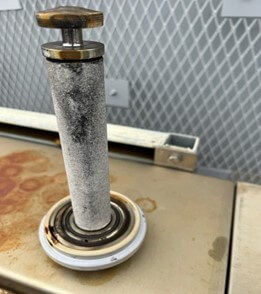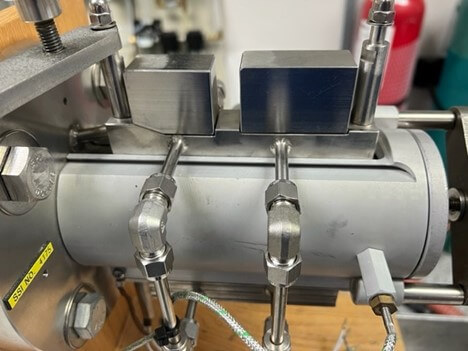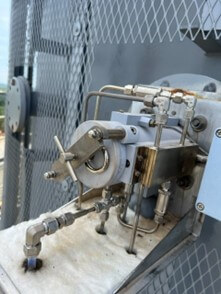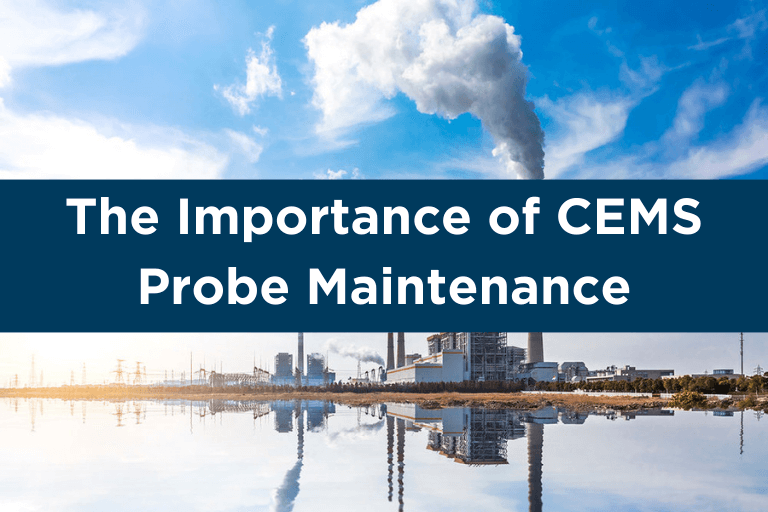Best Practices for CEMS Probe Maintenance
The continuous emissions monitoring probe is the initial contact with the sample being drawn for monitoring. It is also the separation point of the sample gas, purge air, and calibration gas. Its primary function is to provide a heated environment to maintain sample gas temperatures above the stack dewpoint and remove particulate material from the gas sample. Preventative maintenance can help keep your probe functioning and provide you with years of reliable data and service. Our ESC Spectrum Field Service Technicians recommend inspecting probes annually to ensure they operate properly.
How to Perform Extraction System Probe Maintenance
We recommend the following steps during an annual probe maintenance service or an extractive system:
- Turn off the extraction pump
- Remove the filter lid and replace both O-rings on the lid
- Replace the filter and flat packing
- Turn on the extraction pump
- Run hands-free auto-calibration
These steps will help identify and troubleshoot many of the common extraction probe issues outlined next. Need help locating CEMS probes? Read our blo

Figure 1. SP2000 dirty probe filter and lid.
Common Extractive System Probe Issues
The top two common issues that affect extractive CEMS probes are:
- Loose Umbilical Connection: This can cause a diluted sample due to mixing with ambient air.
- Leaking O-Rings: When the O-rings start to leak, the Oxygen reading will typically go high compared to the normally expected readings. This will happen during calibrations as well as during normal operation.
How to Perform Dilution System Probe Maintenance
- Turn off the probe air
- Remove the filter lid and replace both O-rings on lid
- Replace the filter and flat packings
- Rebuild cross or dilution and bypass block
- Turn probe air back on
- Run hands-free auto-calibration
Common Dilution System Probe Issues
The top two common issues that affect dilution CEMS probes are:
- Clogged or Cracked Critical Orifice: A clogged orifice can result in lower sample readings, and a cracked critical orifice can result in a higher-than-usual reading.
- Clogged Stinger Tube: The result is that little to no sample will get to the analyzer.

Figure 2. SP2006 Dilution Probe

Figure 3. SP2000 Dilution Probe
How ESC Spectrum Can Help
For more information on Probes, read our blog post Continuous Emissions Monitoring 101: Extractive CEMS Probes. Need help with CEMS Maintenance, ordering CEMS Probe Parts, or want us to conduct a Site walk to determine if your equipment needs replacement? ESC Spectrum can help. Contact us for more information.
Interested in learning a more comprehensive overview of how CEM Systems work? Read Understanding Continuous Emissions Monitoring Systems (CEMS): A Comprehensive Guide. This guide will give you a complete understanding of all the components in the flow of a CEMS.


